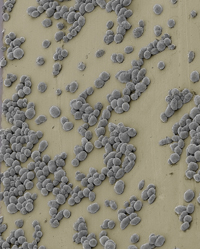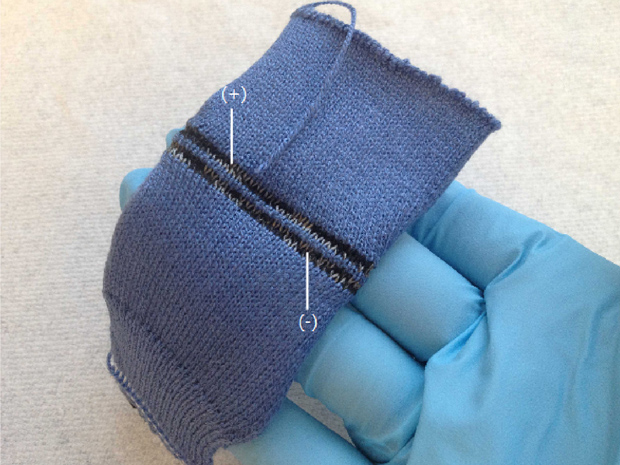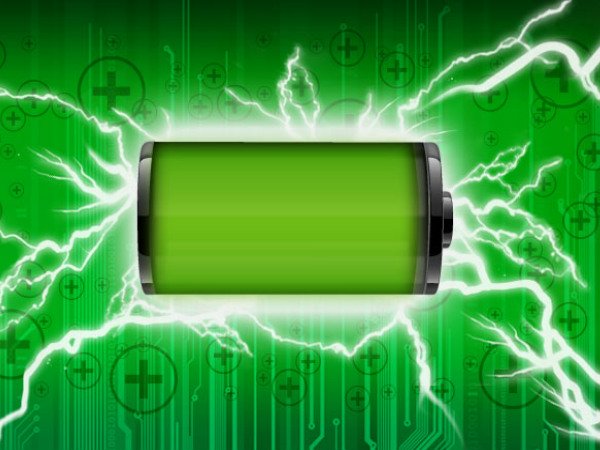
Imagine dropping your phone on the hard concrete sidewalk—but when you pick it up, you find its battery has already healed itself.
A team of researchers from the University of Illinois at Urbana-Champaign (UIUC) and the U.S. Department of Energy’s (DOE) Argonne National Laboratory are exploring ways to design batteries that heal themselves when damaged.
“This would help electronics survive daily use—both the long-term damage caused by charging over and over again, and also the inevitable physical damage of everyday life,” said Jeff Moore, a UIUC scientist on the team.
Scientists think that loss of electrical conductivity is what causes a battery to fade and die. Theories abound on the specific molecular failures; perhaps chemicals build up on electrodes, or the electrodes themselves pull away. Perhaps it’s simply the inevitable stress fractures in materials forced to expand and contract repeatedly as the battery is charged and used.
In any case, the battery’s storage capacity drops due to loss of electrical conductivity. This is what the team wants to address.
The idea is to station a team of “emergency repairmen” already contained in the battery. These are tiny microspheres, each smaller than a single red blood cell, and containing liquid metal inside. Added along with the battery components, they lie dormant for most of the battery’s lifetime.
But if the battery is damaged, the capsules burst open and release their liquid metal into the battery. The metal fills in the gaps in the electrical circuit, connecting the broken lines, and power is restored.
Capsules could be designed to be triggered by different events—some that respond to physical damage and others that respond to overheating, for example. This would allow scientists to tailor the contents of the different capsules to repair specific situations.
Microcapsules have been manufactured in large scale since the 1950s. When you press your pencil down on carbonless copy paper, microcapsules full of ink burst open to leave an imprint on the paper layers beneath. Microcapsules full of perfume burst when you rub a scratch-and-stiff sticker.
“We hope that using microcapsules, which are a well-known technology, could make this technology easy to scale up for commercial use,” Moore said.
The team’s first step was to test the system in a simple system, connecting an electrode with a wire to see if the capsules could “heal” the circuit if cut.
“Our new self-healing materials can completely repair the circuit in less than a millisecond,” Moore said.
The CEES is addressing the problems that limit electrochemical energy storage technologies—such as batteries and supercapacitors—for transportation, residential and commercial use.



